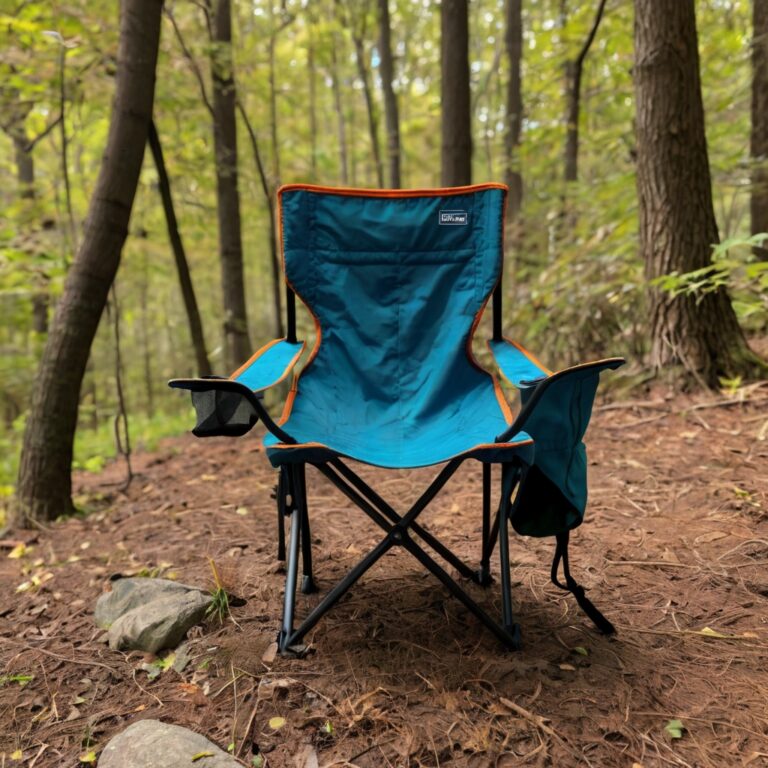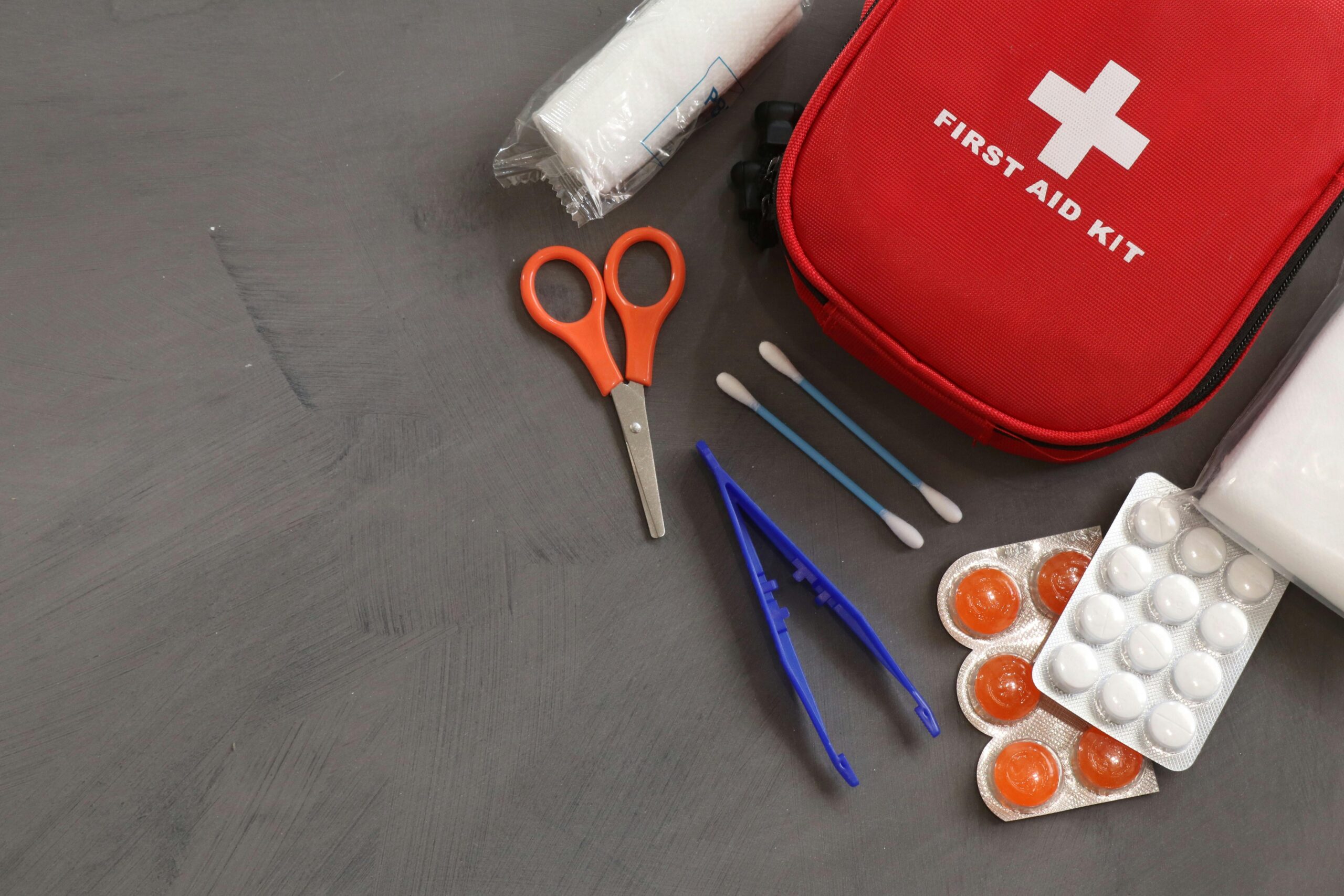
G’day, outdoor enthusiasts!
Did you know that a whopping 80% of Kiwis go camping or hiking at least once a year?
That’s right – we’re a nation of adventurers! But here’s a sobering stat: ACC reported over 7,000 camping-related injury claims in 2023 alone. Yikes!
Whether you’re planning a rugged tramp through the Tongariro Alpine Crossing or a laid-back family camping trip in Abel Tasman, having a well-stocked first aid kit can be a real lifesaver.
So, let’s dive into the must-have essentials for your 2024 camping adventure guide in Aotearoa New Zealand!
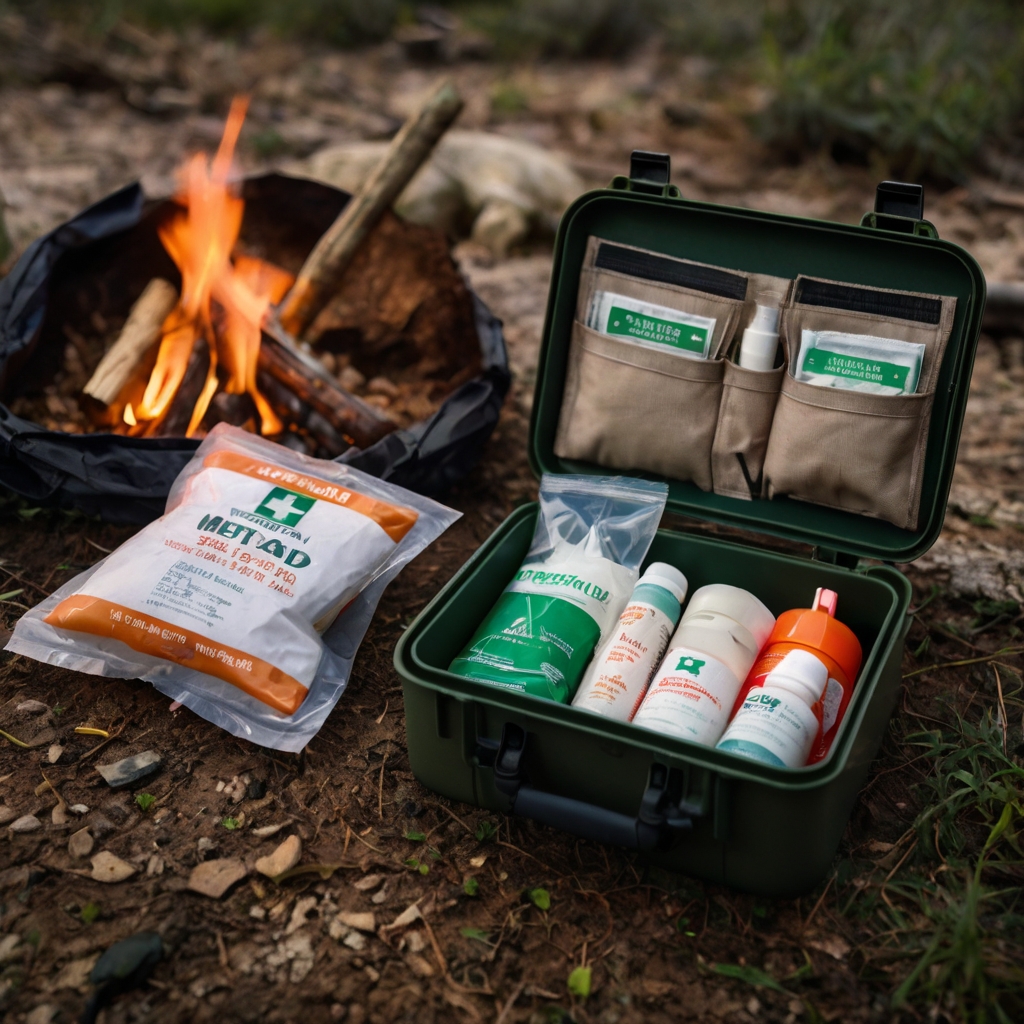
The Backbone of Your Camping First Aid Kit
Alright, let’s dive into the nitty-gritty of camping first aid kits. I’ve been an avid camper for years now, and trust me, I’ve learned a thing or two about being prepared for the unexpected in the great outdoors.
When I first started camping, I was pretty clueless about what to pack in my first aid kit.
I remember this one time, we were out in the bush, and my mate Tim sliced his finger open trying to whittle a stick (rookie mistake, am I right?).
There we were, scrambling around like headless chooks, realising we didn’t have a single plaster between us. Talk about a wake-up call!
So, let’s start with the basics – adhesive bandages.
You want a variety of sizes, folks. Trust me, you never know when you’ll need a tiny one for a paper cut or a massive one for a gnarly blister. I always make sure I’ve got a good mix of sizes in my kit now. It’s like having a wardrobe for your wounds!
Next up, sterile gauze pads and rolls.
These are absolute lifesavers when you’re dealing with bigger scrapes or cuts. I learned this the hard way when I took a tumble down a steep track and grazed half my arm off.
A few gauze pads and some medical tape, and I was sorted. Speaking of medical tape, don’t skimp on this stuff. It’s dead useful for keeping those gauze pads in place, especially when you’re moving around.
Now, elastic bandages might seem like overkill, but they’re brilliant for supporting sprains or strains.
I once rolled my ankle while crossing a stream (those slippery rocks are treacherous!), and an elastic bandage was the only thing that got me back to camp without turning into a hobbling mess.
Last but not least, scissors and tweezers.
You might think, “Oh, I can just use my pocket knife,” but trust me, when you’re trying to cut gauze or medical tape, you’ll be grateful for a proper pair of scissors.
And tweezers? Absolutely essential for splinter removal. Nothing ruins a camping trip faster than a stubborn splinter you can’t get out.
One thing I’ve learned over the years is to check your kit before every trip. There’s nothing worse than reaching for a plaster only to find you used the last one on your last adventure and forgot to replace it. I make it a habit to restock after every camping trip now.
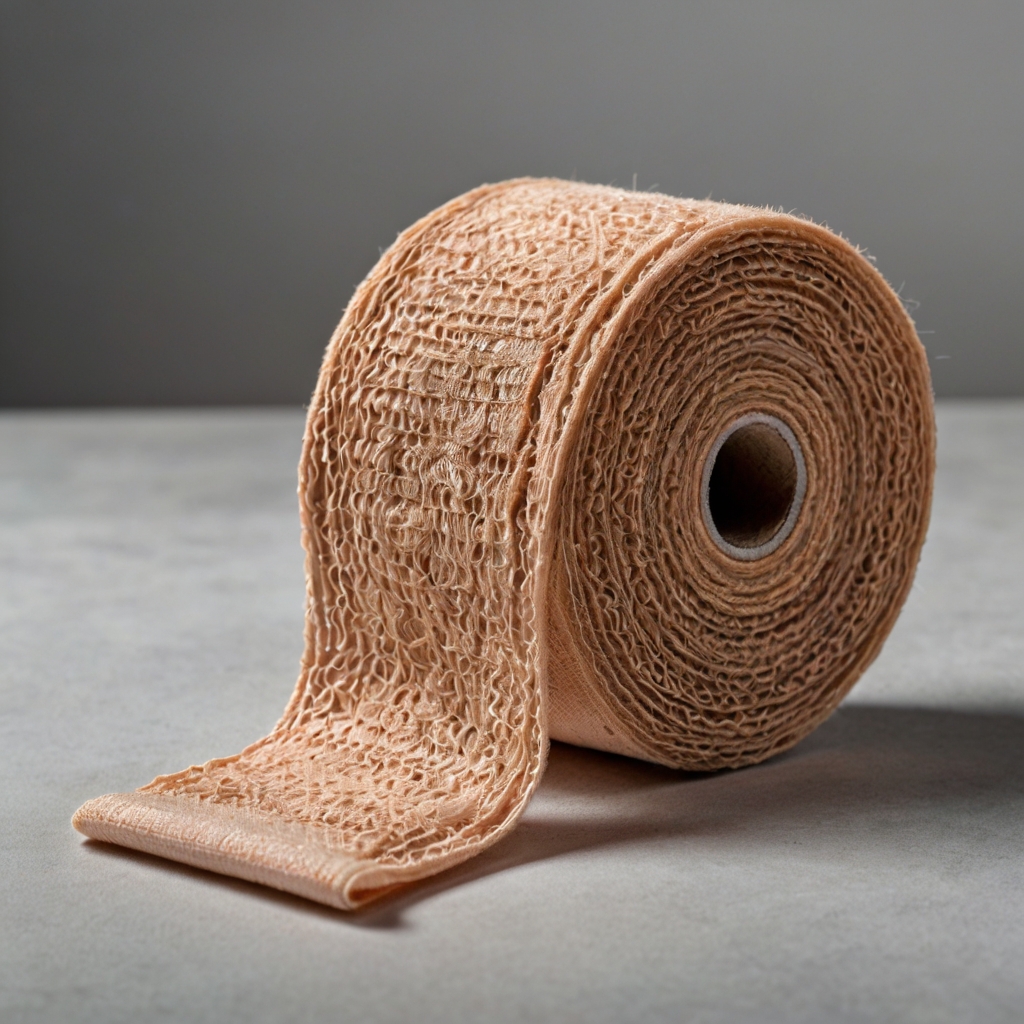
pro tip : pack everything in a waterproof container.
I learned this lesson the hard way when my backpack took an unexpected dip in a river. Soggy gauze and useless tape are about as helpful as a chocolate teapot in an emergency situation.
Remember, while having a well-stocked first aid kit is crucial, knowing how to use it is just as important.
I’d recommend taking a basic first aid course if you’re serious about your camping. It’s given me the confidence to handle minor emergencies without panicking.
So there you have it, the backbone of your camping first aid kit. It might seem like a lot, but when you’re out in the wop-wops, you’ll be glad you came prepared.
Medication Essentials for Kiwi Campers
First up, pain relievers. Paracetamol and ibuprofen are your best mates here.
I remember this one time I woke up with a stonking headache after a night of stargazing (and maybe a few too many brews). That paracetamol was worth its weight in gold!
Now, antihistamines. If you’ve ever been to the West Coast, you’ll know why these are crucial.
Those bloody sandflies are relentless! I once made the mistake of forgetting these little beauties and spent a week looking like I had the chicken pox.
Don’t forget the anti-diarrheal meds. Trust me, you do not want to be caught short in the middle of nowhere with the trots. Been there, done that, and it’s not pretty.
Lastly, always pack your personal prescription medications.
I’ve got a mate who’s asthmatic, and he learned the hard way that his inhaler is not something to leave behind.
Remember, these meds aren’t just for you. They might help out a fellow tramper in need.
Treating Wounds in the NZ Wilderness
When you’re out in the wop-wops, knowing how to treat a wound can be the difference between a minor hiccup and a full-blown disaster. Take it from someone who’s had their fair share of scrapes and burns!
First up, antiseptic wipes or solution. These little beauties are a must-have. I once slipped on a mossy rock while crossing a stream and ended up with a nasty gash on my leg. Those antiseptic wipes saved me from a potential infection.
Next, antibiotic ointment. It’s like giving your cuts a wee protective shield. After cleaning a wound, slap some of this on and you’re good to go.
Now, burn gel. Campfires are great, but they can be right buggers if you’re not careful. I learned this the hard way when I got a bit too enthusiastic with the marshmallow roasting. That burn gel was a godsend!
Lastly, don’t forget the hydrocortisone cream. It’s brilliant for those itchy rashes you might pick up from brushing against ongaonga or other nasty plants.
Remember, a little bit of preparation goes a long way in the bush. Better to have it and not need it, than need it and not have it!
Kiwi-Specific Outdoor Protection

Alright, let’s talk about protection, and I don’t mean the kind you get at the chemist! When you’re out in the New Zealand wilderness, there are a few things you absolutely can’t skimp on.
First up, sunscreen. And I’m not talking about that SPF 15 rubbish. We’re talking high SPF, slathered on thick.
Our ozone layer’s thinner than a paper cut down here, and the sun’s rays are fierce. I learned this the hard way on a tramp through Abel Tasman. Looked like a bloody lobster for days!
Next, insect repellent. If you’ve ever been to Fiordland, you’ll know why this is crucial. Those sandflies are relentless! I once forgot to reapply and ended up looking like I had the chicken pox.
Don’t forget lip balm with SPF. Your lips can get sunburned too, and trust me, that’s not a pleasant experience. Been there, done that, and it’s about as fun as a wet weekend in Wellington.
Lastly, blister prevention and treatment supplies. Nothing ruins a good tramp faster than blisters. I always pack some moleskin and blister plasters. They’ve saved my feet more times than I can count.
Remember, in the Kiwi outdoors, protection isn’t just smart – it’s essential!
Emergency and Survival Items
Right, let’s get serious for a mo. When you’re out in the wop-wops, you’ve got to be prepared for anything. Mother Nature can be a right cow sometimes, especially in our neck of the woods.
First up, an emergency blanket. Don’t let the size fool you – these little beauties can be a lifesaver. I once got caught in a sudden southerly while tramping in the Tararuas. That flimsy-looking blanket kept me from turning into a Kiwi popsicle!
Next, a whistle. Three blasts is the universal distress signal. It’s louder than yelling and uses less energy. Trust me, when you’re stuck in a gully with a twisted ankle, you’ll be glad you brought one.
Waterproof matches or a lighter are non-negotiable. I learned this the hard way when my ‘waterproof’ pack took a dip in a river. Trying to start a fire with wet matches is about as fun as watching paint dry.
Lastly, a small flashlight or headlamp with extra batteries. I prefer a headlamp – keeps your hands free for important stuff like holding your map or your beer. Just kidding about the beer… mostly.
Remember, in the bush, it’s better to have it and not need it, than need it and not have it!
Specialised Items for NZ Adventures
Alright, let’s talk about some bits and bobs that are particularly handy for tramping in Aotearoa. These might seem a bit niche, but trust me, they can be real lifesavers.
First up, a compression bandage. Now, I know what you’re thinking – “But we don’t have deadly snakes in NZ!” True, but we do have the rare katipo spider. Better safe than sorry, I reckon.
Next, electrolyte replacement sachets. These are brilliant for those scorching Northland hikes. I once did the Cape Brett track without these and felt like a wrung-out dish rag by the end.
Don’t forget antihistamine cream. If you’ve ever had a run-in with ongaonga (tree nettle), you’ll know why this is crucial. I brushed against some on the Milford Track once – felt like I’d stuck my arm in a wasp’s nest!
Lastly, water purification tablets. When you’re in the backcountry, you can’t always trust the streams. I learned this the hard way and spent a miserable night with my head in a long-drop. Not an experience I’d recommend!
Remember, being prepared is what separates a good tramper from a great one. Stay safe out there, Kiwis!
First Aid Knowledge and Resources
Right, let’s talk about the brains behind the brawn of your first aid kit. It’s all well and good having the gear, but knowing how to use it is what really counts.
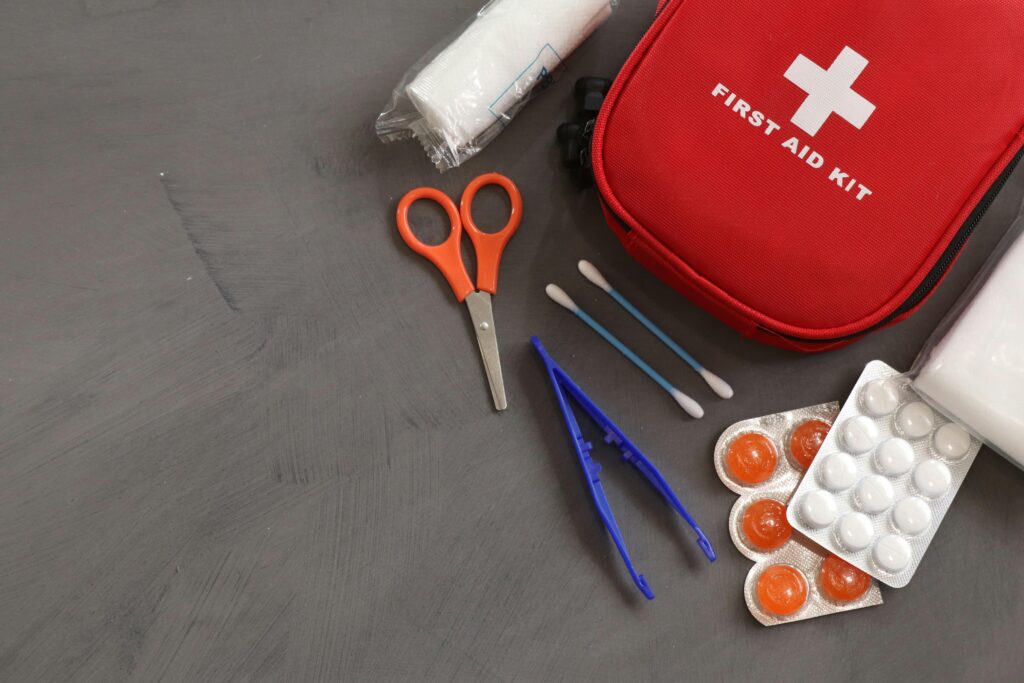
First up, a basic first aid manual or quick-reference guide. I keep mine laminated because, let’s face it, things can get a bit damp in the bush. It’s come in handy more times than I care to admit!
Next, emergency contact numbers. This includes local DOC offices. I once had to call the Arthur’s Pass DOC office when a mate twisted his ankle. They were legends and helped us sort out a helicopter evac.
Personal medical information cards for each camper are crucial. You never know when someone might need emergency care, and having all their info handy can be a real timesaver.
Lastly, a CPR face shield. I’ve never had to use mine, thank goodness, but it’s like insurance – better to have it and not need it, than need it and not have it.
Remember, being prepared is what separates a good tramper from a great one. Stay safe out there, Kiwis!
Conclusion:
There you have it, folks – your comprehensive guide to first aid kit essentials for camping in New Zealand in 2024!
Remember, having the right gear is only half the battle. Knowing how to use it is just as crucial. Why not sign up for a first aid course before your next big adventure?
It could be the difference between a minor hiccup and a major drama in the backcountry.
So, whether you’re stargazing in the Aoraki Mackenzie International Dark Sky Reserve or surfing the waves in Raglan, make sure you’re packing these essentials.
Stay safe, have a blast, and don’t forget to snap some epic photos for the ‘gram (but maybe not of your first aid adventures, eh?).
Kia pai to haere – have a good journey, and happy camping!
FAQ
How often should I update my camping first aid kit?
Great question! You should check and update your camping first aid kit at least once a year, ideally before the start of the camping season. In New Zealand, that’s usually around October or November.
But don’t stop there! It’s a good idea to give your kit a quick once-over before each trip. Check expiration dates on medications, replace any used items, and ensure everything is still in good condition. Remember, our humid Kiwi climate can sometimes affect medical supplies, so keep an eye out for any signs of moisture damage.
What’s the most important item in a camping first aid kit for New Zealand conditions?
Tough call, mate! Every item plays its part, but if I had to pick one, I’d say a good quality, broad-spectrum sunscreen is crucial. New Zealand’s UV levels are off the charts, even on cloudy days.
A bad sunburn can ruin your trip and pose serious health risks. Plus, sunscreen can help prevent heat exhaustion by keeping you cooler. Don’t forget to reapply every two hours, or more often if you’re swimming or sweating. Your future self will thank you!
How can I make my first aid kit lightweight for tramping without sacrificing essentials?
Kia ora, lightweight tramper! Here’s the trick: multi-use items are your best friend. For example, duct tape can serve as medical tape, blister prevention, and even an emergency repair tool.
Opt for travel-sized medications and decant liquids into smaller containers. Consider items like a lightweight emergency blanket that can double as a ground sheet.
And here’s a pro tip: learn some wilderness first aid techniques that use natural materials. Knowing how to make a splint from sticks and cloth can save you carrying bulky splints. Remember, the most important thing in your kit is knowledge – it weighs nothing and could save a life!





